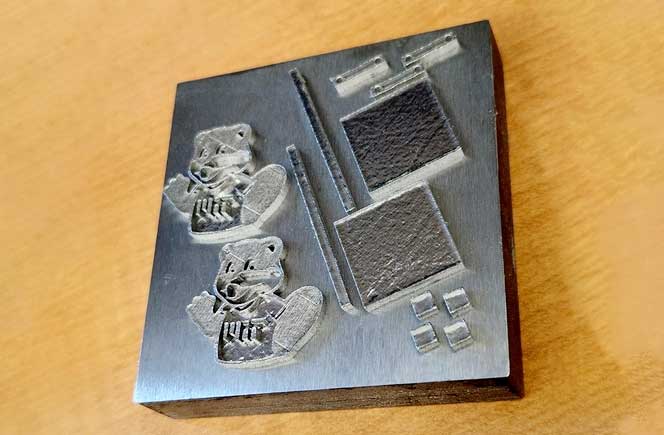An MIT research team has published a scientific paper showing how they developed a simple and cost-effective process to strengthen a key material used in aerospace and nuclear energy.
“There is always a significant need for the development of more capable materials for extreme environments. We believe that this method has great potential for other materials in the future,” says Ju Li, the Battelle Energy Alliance Professor in Nuclear Engineering and a professor in MIT’s Department of Materials Science and Engineering (DMSE).
The researchers started with Inconel 718, a “superalloy” that can withstand high temperatures. They combined commercially available Inconel 718 powder with ceramic nanowires and used the resulting powder for 3D printing. They found that parts made this way had less porosity and cracking than parts made from pure Inconel 718, making them significantly stronger.
In addition, the process itself is not expensive because “it works with existing 3D printing machines. Just use our powder and you get much better performance,” Li says.
Li says the work “could open a huge new space for alloy design” because the cooling rate of ultrathin 3D-printed layers of metal alloys is much faster than the rate for bulk parts created using conventional melt-solidification processes. As a result, “many of the rules on chemical composition that apply to bulk casting don’t seem to apply to this kind of 3D printing. So we have a much bigger composition space to explore for the base metal with ceramic additions.”
Emre Tekoğlu, one of the lead authors of the Additive Manufacturing paper, says, “This composition was one of the first ones we decided on, so it was very exciting to get these results in real life. There is still a vast exploration space. We will keep exploring new Inconel composite formulations to end up with materials that could withstand more extreme environments.”
Alexander O’Brien, another lead author, says, “The precision and scalability that comes with 3D printing has opened up a world of new possibilities for materials design. Our results here are an exciting early step in a process that will surely have a major impact on design for nuclear, aerospace, and all energy generation in the future.”
Find out more about MIT at mit.edu.
Subscribe to our Newsletter
3DPresso is a weekly newsletter that links to the most exciting global stories from the 3D printing and additive manufacturing industry.






















